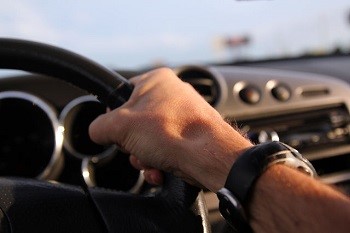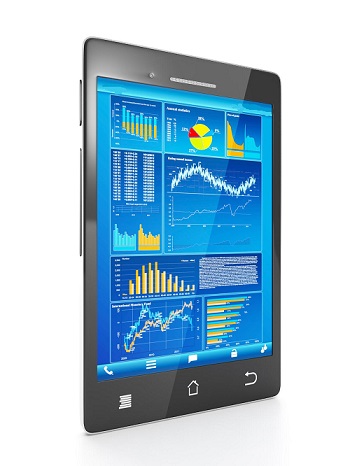The automaker is joining up with the credit card giant to let people make purchases through their vehicles.
Visa has now opened up its mobile payments platform to auto manufacturers and Honda has decided that it will be among the first that will be teaming up with the financial services giant to turn its vehicles into credit cards.
This combination between Visa and Honda to use cars as mobile wallets was demonstrated at the Mobile World Congress.
The goal of this combination is to make it possible for people to pay for items they want to purchase using mobile payments services that are built right into their vehicles. That way, they will be able to buy products without ever having to leave their cars. This could be considered to be highly convenient in situations such as paying for fuel or buying food at a drive-thru. The service is based on the Visa Token Service that would help to make sure that the transactions remain secure.
That mobile payments service uses tokens, otherwise known as digital account numbers, for safe storage.
 Visa has been working with the Honda Developer Studio in order to be able to come up with a proof of concept that would make it possible for shoppers to be able to pay for various products and services such as fuel or parking, while behind the wheel. The idea is that they would be able to use a simple tap of the finger to be able to complete the transaction by way of mobile apps that have been integrated into the vehicle’s infotainment system, which is based on the Android Auto SDK OS.
Visa has been working with the Honda Developer Studio in order to be able to come up with a proof of concept that would make it possible for shoppers to be able to pay for various products and services such as fuel or parking, while behind the wheel. The idea is that they would be able to use a simple tap of the finger to be able to complete the transaction by way of mobile apps that have been integrated into the vehicle’s infotainment system, which is based on the Android Auto SDK OS.
According to the Visa executive vice president of innovation and strategic partnerships, Jim McCarthy, “The notion of transforming a car into a platform for payments is not as far off as some may think, and we have made a great deal of progress since first introducing the idea one year ago.” He added that by teaming up with Honda in order to be able to test out the prototypes, it brings them that much closer to being able to implement it into a real commercial scenario, “which we think provides exciting opportunities to everyone who plays a role in the payments and automotive ecosystems.”
Honda has already partnered with ParkWhiz in order to test out the mobile payments system. That startup is behind the reservation and payment for off-street parking in New York, Chicago and San Francisco by way of a mobile app or standard website.

 Among the key findings from Leanplum’s study were:
Among the key findings from Leanplum’s study were: